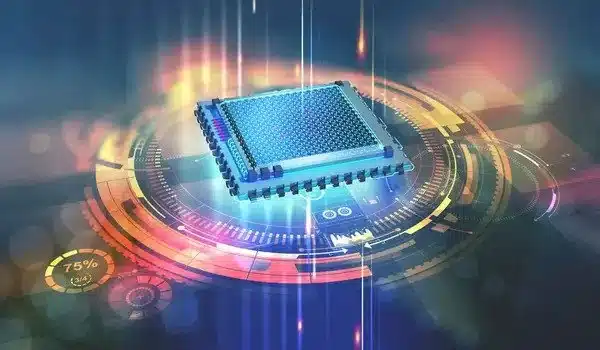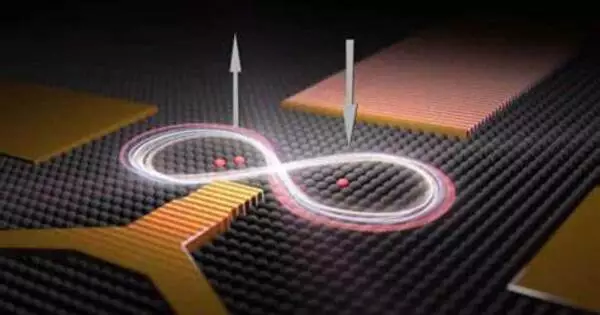A significant advance in quantum computing has been reported by researchers. They have improved the coherence time of their single-electron qubit by nearly a thousand-fold to 0.1 milliseconds.
Coherence is an essential component of effective communication, whether in writing, speaking, or information processing. This principle applies to quantum bits, or qubits, which are the fundamental building blocks of quantum computing. A quantum computer may one day be able to solve previously insurmountable problems in climate prediction, material design, drug discovery, and other fields.
A team led by the US Department of Energy’s (DOE) Argonne National Laboratory has reached a significant milestone in the development of future quantum computing. They have improved the coherence time of their novel type of qubit to 0.1 milliseconds, which is nearly a thousand times faster than the previous record.
Among various existing qubits, electron charge qubits are especially appealing because of their simplicity in fabrication and operation, as well as compatibility with existing infrastructures for classical computers.
Dafei Jin
In everyday life, 0.1 milliseconds is equivalent to a blink of an eye. In the quantum world, however, it represents a large enough window for a qubit to perform thousands of operations. Qubits, unlike classical bits, appear to exist in both states, 0 and 1. Maintaining this mixed state for a sufficiently long coherence time is critical for any working qubit. The challenge is to safeguard the qubit against the constant barrage of disruptive noise from the surrounding environment.
The team’s qubits encode quantum information in the motional (charge) states of electrons. As a result, they are known as charge qubits.
“Among various existing qubits, electron charge qubits are especially appealing because of their simplicity in fabrication and operation, as well as compatibility with existing infrastructures for classical computers,” said Dafei Jin, the project’s lead investigator and a professor at the University of Notre Dame with a joint appointment at Argonne. “This simplicity should translate into low cost in building and running large-scale quantum computers.”

Jin is a former staff scientist at the Center for Nanoscale Materials (CNM), a DOE Office of Science user facility at Argonne. While there, he led the discovery of their new type of qubit, reported last year.
The team’s qubit is a single electron trapped on an ultraclean solid-neon surface in a vacuum. The neon is important because it resists disturbance from the surrounding environment. Neon is one of a handful of elements that do not react with other elements. The neon platform keeps the electron qubit protected and inherently guarantees a long coherence time.
“Because single electrons on solid neon have a small footprint, qubits made with them are more compact and promising for scaling up to multiple linked qubits,” said Xu Han, an assistant scientist in CNM with a joint appointment at the University of Chicago’s Pritzker School of Molecular Engineering. “These attributes, along with coherence time, make our electron qubit exceptionally compelling.”
The team not only improved the quality of the neon surface but also significantly reduced disruptive signals as a result of continued experimental optimization. Their efforts were rewarded with a coherence time of 0.1 milliseconds, as reported in Nature Physics. That’s a thousand-fold improvement over the initial 0.1 microseconds.
“The long lifetime of our electron qubit allows us to control and read out the single qubit states with very high fidelity,” explained Xinhao Li, an Argonne postdoctoral appointee and the paper’s co-first author. This time is far in excess of what is required for quantum computing.
“Rather than 10 to 100 operations over the coherence times of conventional electron charge qubits, our qubits can perform 10,000 with very high precision and speed,” he said.
Another important feature of a qubit is its ability to connect with a large number of other qubits. The team achieved a significant milestone by demonstrating that two-electron qubits can couple to the same superconducting circuit and transfer information between them via the circuit. This marks a pivotal stride toward two-qubit entanglement, a critical aspect of quantum computing.














